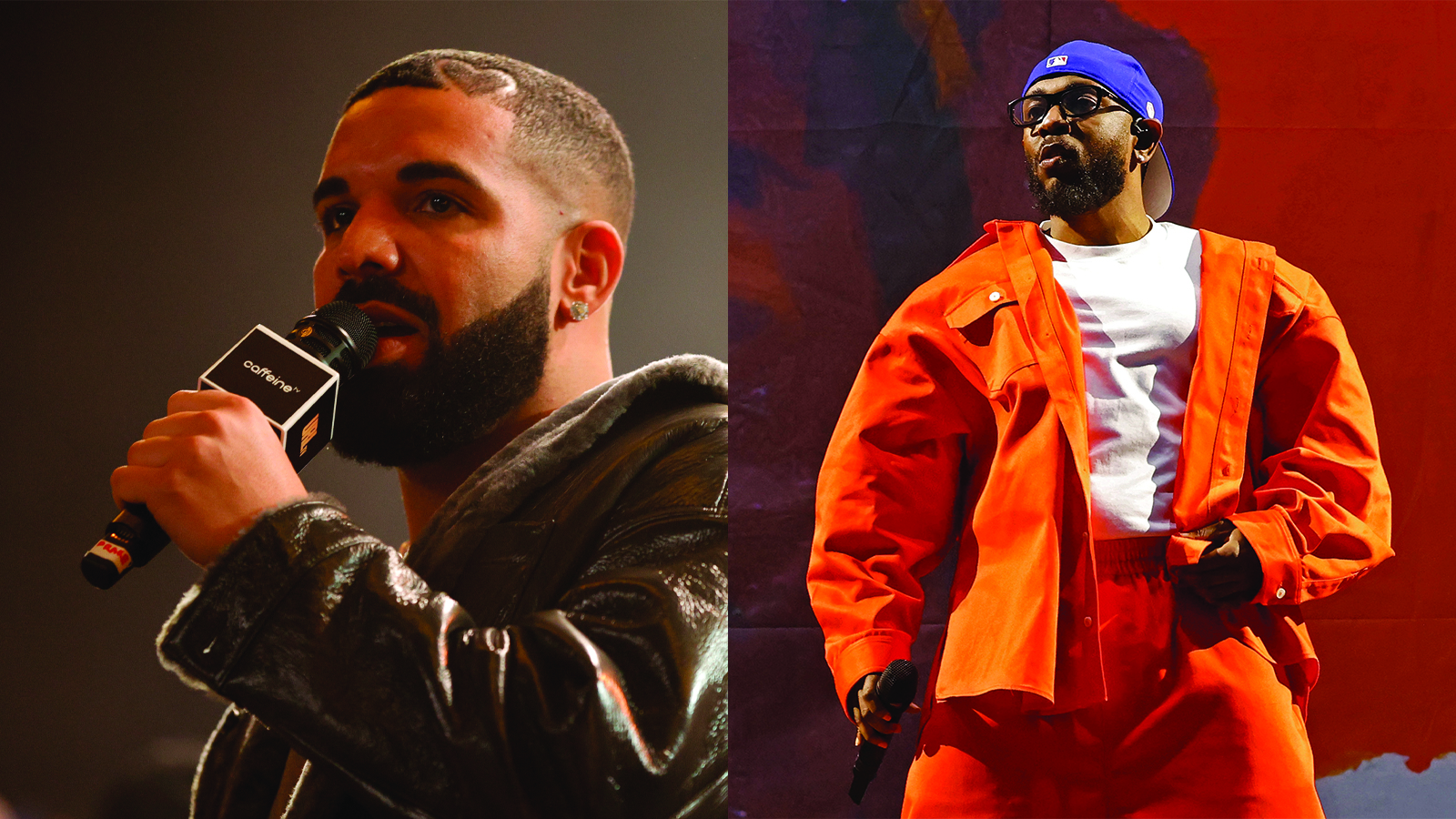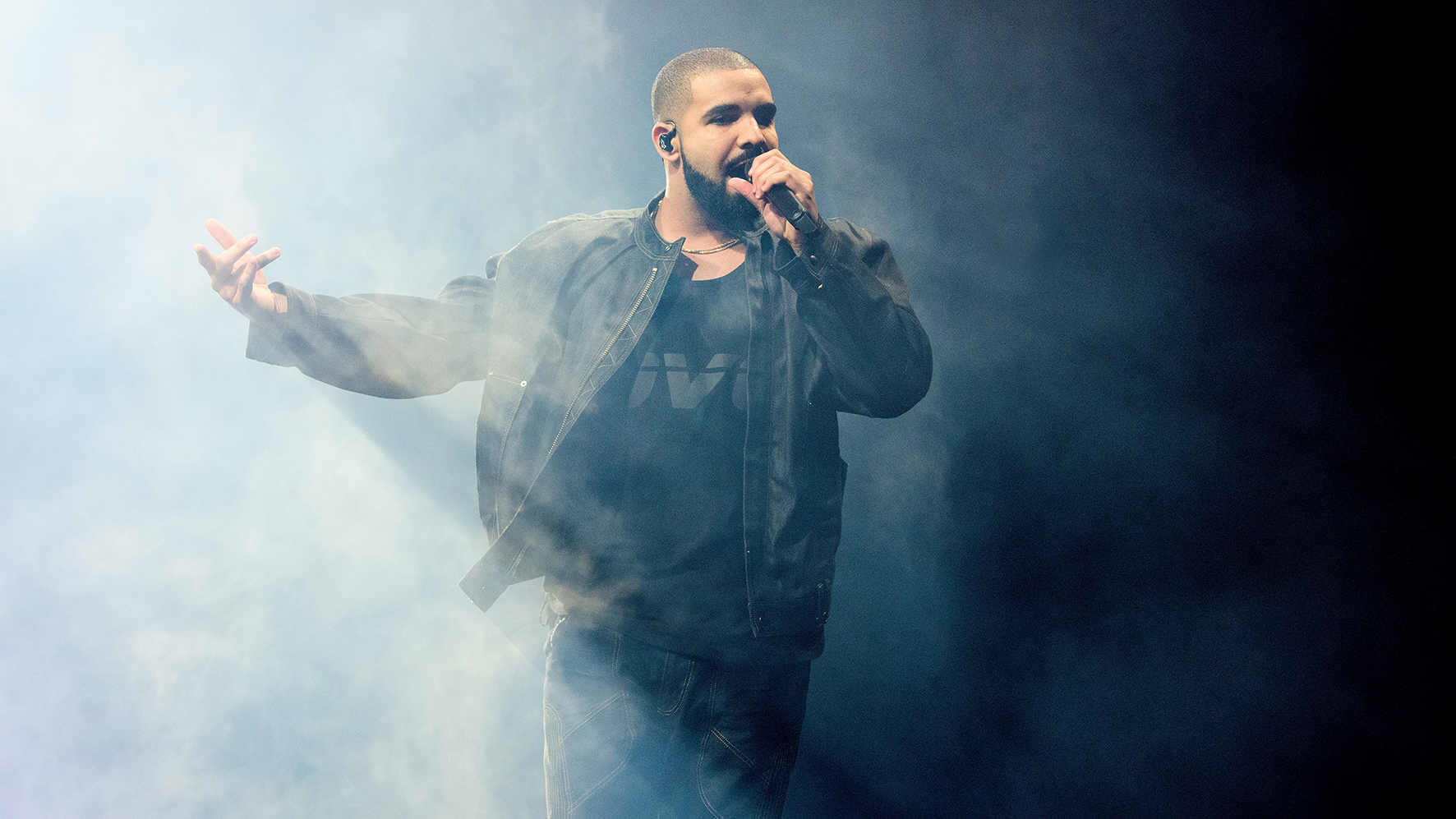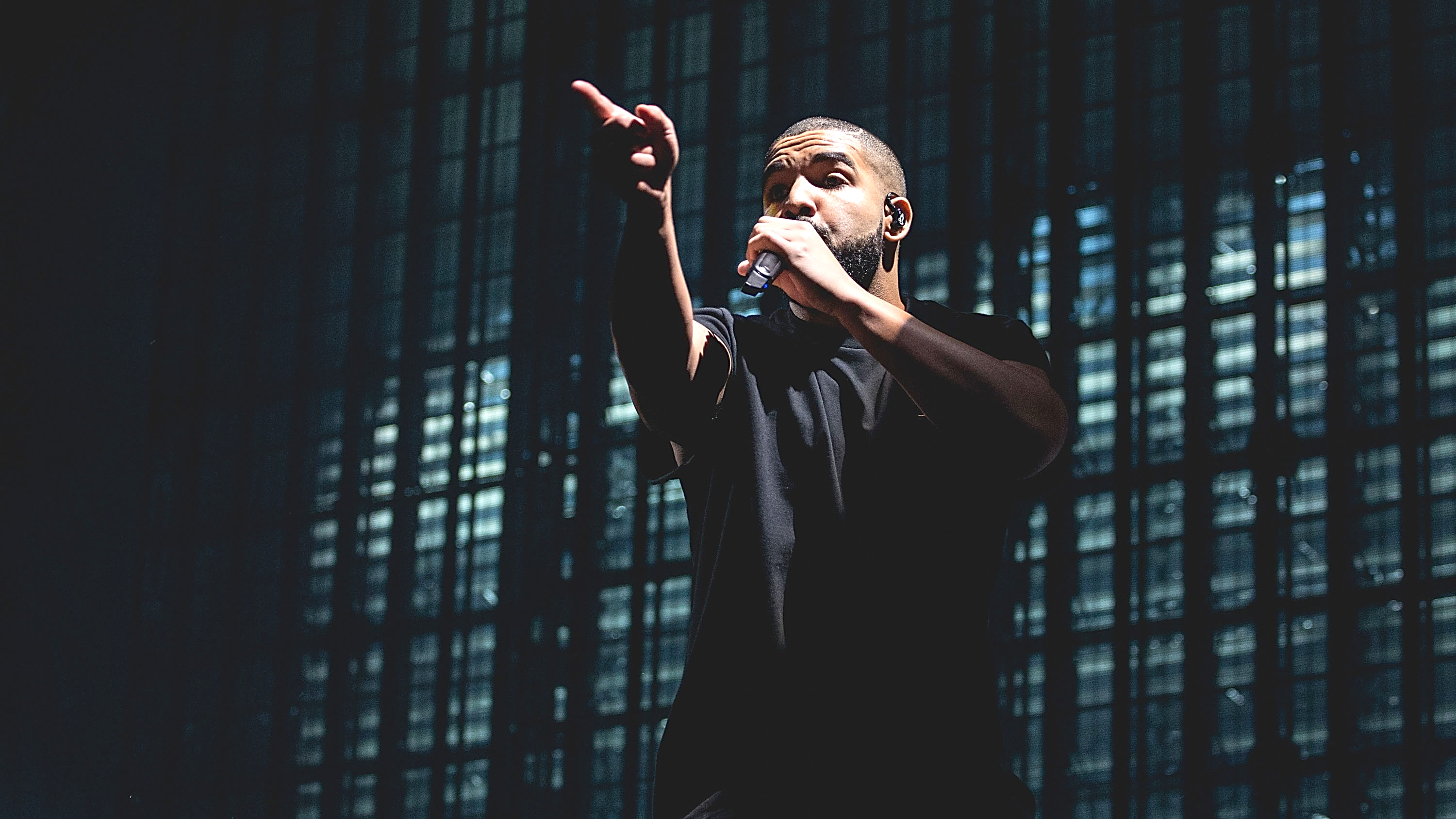How AI is being weaponized in Drake and Kendrick Lamar's rap beef
Drake's diss track Taylor Made Freestyle featured AI-generated deepfakes of Tupac and Snoop Dogg

Assuming you haven’t been living under a rock, you’ll probably have noticed that two of the biggest names in rap are embroiled in a heated rap beef.
For the rock dwellers reading, we’ll provide some context. Rap royalty Drake and Kendrick Lamar have released a series of increasingly rapid-fire diss tracks taking aim at one another, with a few others caught in the crosshairs along the way (J. Cole, Future, The Weeknd, etc.)
Lamar fired the first shot on Like That, a track from Future and Metro Boomin’s recent collaborative album, where he made several critical references about Drake.
After an early and rather amusing tap-out from J. Cole, Drake dropped not one but two scathing responses to Lamar’s verse before a period of radio silence that one may rightly call ‘the calm before the storm’.
In the last week or so Kendrick has waded back in and set both rappers now guns-blazing, taking rap fans with them back to a Tupac/Biggie-era level of hip-hop excitement.
Now, while I've already whittled away a good portion of time feverishly attempting to decode each diss line by line - and while I'm sure I could spend just as sizeable a portion of this article doing the same thing - there is a different angle to consider - AI.

That’s right, the word that’s on the tip of everyone's tongues at the moment. You may have thought a rap music dispute would be free from its presence but it isn’t; AI complicates this dispute, as it will likely complicate most things over the coming years. The technology rears its head from the get-go in the exchange owing to the question marks hanging over Drake’s initial release.
Want all the hottest music and gear news, reviews, deals, features and more, direct to your inbox? Sign up here.
Though the official releases have ramped up as the beef has gathered steam, the first couple of disses from Drake were in a noticeably shady manner (if you’ll excuse the pun).
The first of the two, entitled Push Ups, was released solely on YouTube from an unofficial channel, and listeners would be forgiven for suspecting AI-related imitation, especially considering the AI Drake clones already garnering attention.
Drake has since officially released the track on streaming services, though not before he seemed to lean into the newsworthy atmosphere of AI on his second diss track, Taylor Made Freestyle.
In what most rap fans would probably agree was a very confusing turn of events, Taylor Made Freestyle seemingly opens with verses from none other than hip-hop legends Tupac Shakur and Snoop Dogg (brought to you courtesy of AI).
Drake uses his puppets to espouse veiled criticisms of Kendrick over a boom-bap piano-led instrumental, speaking through his idols to goad him into a response.
Full disclosure, it’s pretty obvious that these are AI deepfakes, not least because Tupac has been dead for nearly 30 years. Once the brief shock gives way to mild amusement, there’s a more lasting implication to consider on the back of these tracks.
Most notably, it draws attention to how this new technology can be weaponized in the music industry to create controversy, particularly in rap music where there is a tradition of (often good-humoured) antagonism and competition.
As with Push Ups, Taylor Made Freestyle was released rather anonymously and with the same potential hallmarks of an AI fraud. Though we know that Drake made and released the track, it’s easy to imagine a world in which we didn’t.

This track could just as easily have been the product of some mischievous rap fan looking to stir up the two rappers. In the same way - assuming it wasn’t painfully obvious that these deepfakes were made by Drake - artists themselves could start to generate genuine unrest between other musicians in problematic ways.
This is all in a context where artistic fallouts are often linked to serious real-world consequences - in the most recent development, Drake’s bodyguard was shot and seriously injured outside the Canadian rapper's Toronto residence.
Though a direct link cannot be made between this event and the ongoing rap dispute, it's not hard to gather how seriously rappers take these sorts of diss tracks, especially considering the severity of some of the allegations Drake and Kendrick have levelled at one another.
It also draws attention to the wider debate around intellectual property, a debate Drake now finds himself firmly in the center of.
Unfortunately for Drake, a litigator working in the interests of the late Tupac Shakur’s estate quickly threatened to pursue legal action over the AI-generated likeness Drake used on the track.
After being hit with a cease-and-desist letter reportedly seen by Billboard, Drake (or perhaps his management team) promptly removed the track from social media accounts.
“The Estate is deeply dismayed and disappointed by your unauthorized use of Tupac’s voice and personality,” the letter reads. “Not only is the record a flagrant violation of Tupac’s publicity and the estate’s legal rights, it is also a blatant abuse of the legacy of one of the greatest hip-hop artists of all time. The Estate would never have given its approval for this use.”
True to the character of the beef, Drake used even this as a pivot to attack Kendrick, claiming that the rapper was responsible for setting Shakur’s estate on to him in one of the more recent diss tracks, Family Matters.
Little has been set in the way of legal precedent in the AI-generated content debate
Generally speaking, little has been set in the way of legal precedent in the AI-generated content debate, and this latest fallout regarding Taylor Made Freestyle only serves to muddy the waters further by throwing up the possibility that A-list musicians themselves might start abusing the technology.
However the music industry moves forward in the conversation on AI, the ongoing rap dispute between Drake and Kendrick stands as a testament to the fact that even the most ostensibly ‘raw’ arenas of musical creation are not outside the bounds of AI’s influence.
What would Tupac be angrier about, were he around today - the unauthorized use of his likeness, or the questions raised by the very existence of an AI-augmented diss track?


Though a full-time tech journalist at ITPro, George Fitzmaurice finds time to indulge his love for music by writing up the occasional piece for MusicRadar. When he’s not keying in a drum pattern on FL Studio or (infrequently) practicing the guitar, George enjoys finding hidden gems on Spotify and going to live shows.
